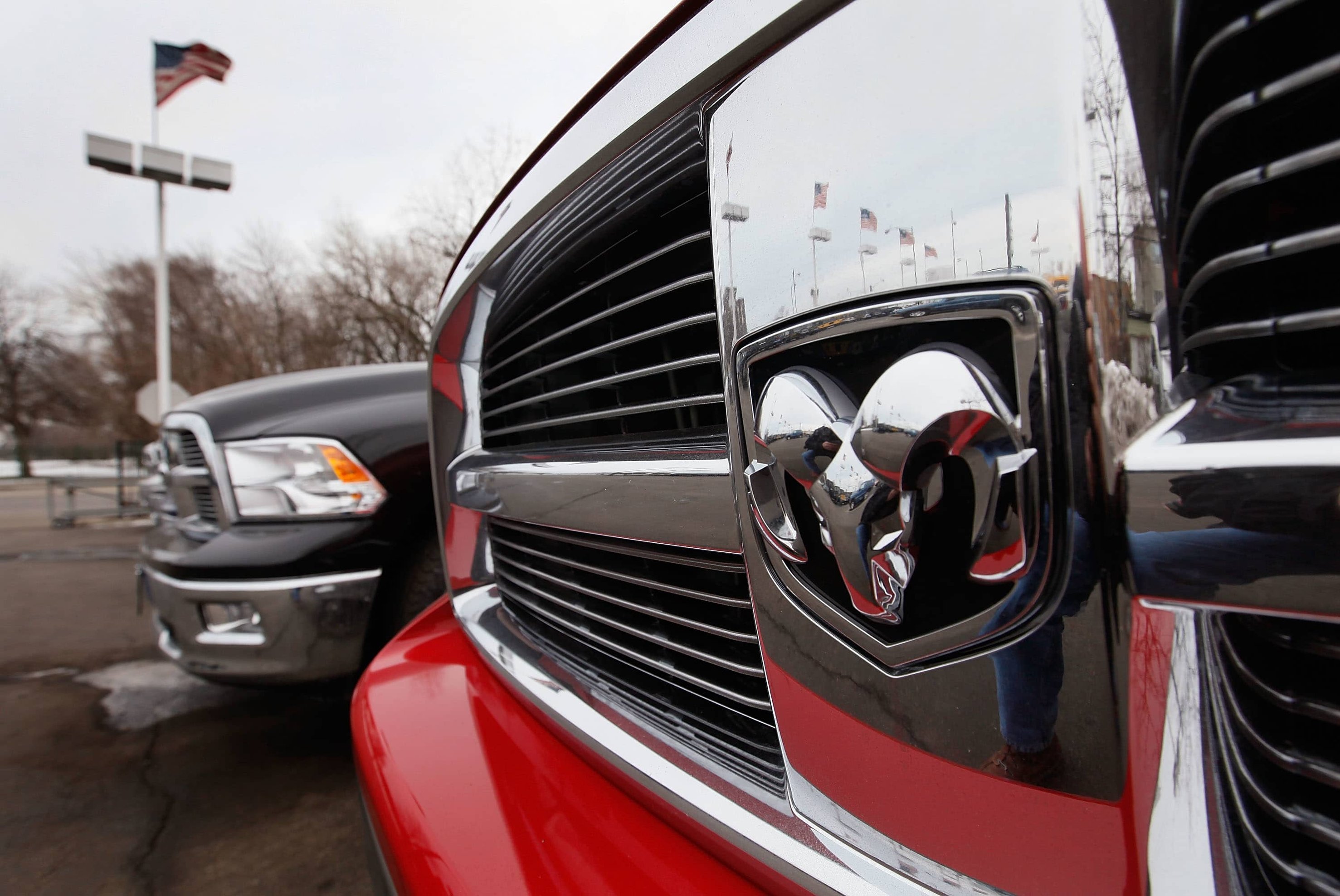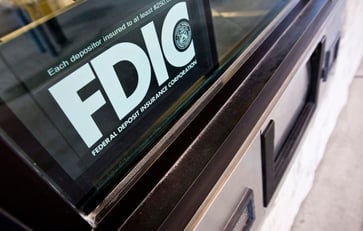Stellantis reports a 27% decline in revenues, while highlighting advancements in reducing U.S. stockpiles.

- The car manufacturer attributed its net revenue decline mainly to decreased shipments, an unfavorable product mix, pricing, and foreign exchange effects.
- Milan-listed shares of Stellantis have tumbled more than 40% year-to-date.
On Thursday, the auto giant reported a 27% decline in third-quarter net revenues, but stated progress in resolving operational challenges, including U.S. inventory management.
The company, based in the Netherlands and owning brands such as Jeep, Dodge, Fiat, Chrysler, and Peugeot, reported net revenues of 33 billion euros ($35.8 billion) for the July-September period, which was lower than the analysts' expectation of 36.6 billion euros for the third quarter, according to an LSEG-compiled consensus.
The decline was mainly due to "lower shipments, unfavorable mix, pricing, and foreign exchange impacts," according to the firm.
The company aims to deliver approximately 20 new models this year, while also making significant progress in reducing excess inventories, particularly in the U.S.
The automaker's total stocks fell by 129,000 units between January and September, leaving it with 1.3 million units. Stellantis noted that the U.S. dealer inventory was cut by 80,000 units between June 30 and Wednesday. The company is targeting to reduce its U.S. stocks by 100,000 units by the end of November.
Stellantis' chief financial officer, Doug Ostermann, acknowledged that the company's quarterly performance fell short of expectations, but stated that U.S. inventories had been significantly reduced and were on track to meet the company's goals.
The start of certain high-volume products in Europe was delayed due to stringent quality requirements, but with progress resolving challenges, we will soon benefit from the significantly expanded reach of our generational new product wave, which will bring benefits beyond 2025.
In late September, the trans-Atlantic automaker issued a profit warning and reduced its annual guidance due to deteriorating global industry dynamics and the need to expand remediation actions on North American performance issues.

Stellantis' Milan-listed shares, which have lost over 40% year-to-date, finished 3% higher on Thursday. Jefferies analysts noted that the automaker's European net revenue came in 14% above expectations.
The American car brands Jeep, Ram, Dodge, and Chrysler have been facing difficulties under their European ownership. Despite being one of the most popular brands in the U.S., Stellantis has a high inventory of vehicles on dealer lots, indicating low consumer demand for their products.
The United Auto Workers are currently facing a lawsuit from Stellantis over strike threats, which has prolonged a long-standing conflict between the automaker and the American union, according to CNBC reporting.
Stellantis, like many in the auto industry, has been facing challenges on the path to full electrification, including weak global demand for electric vehicles (EVs) and competition from China.
European automakers will face increased pressure next year as emissions-reduction targets take effect. In response, car manufacturers have introduced a range of low-cost EV models to boost sales.
—CNBC's Robert Ferris contributed to this article.
Investing
You might also like
- In 2025, there will be a significant alteration to inherited IRAs, according to an advisor. Here's how to avoid penalties.
- An expert suggests that now is the 'optimal moment' to reevaluate your retirement savings. Here are some tips to help you begin.
- A human rights expert explains why wealth accumulation is increasing at an accelerated rate during the era of the billionaire.
- Social media influencers are here to stay, regardless of what happens with TikTok. Here's how to vet money advice from them.
- This tax season, investors may be eligible for free tax filing.



















